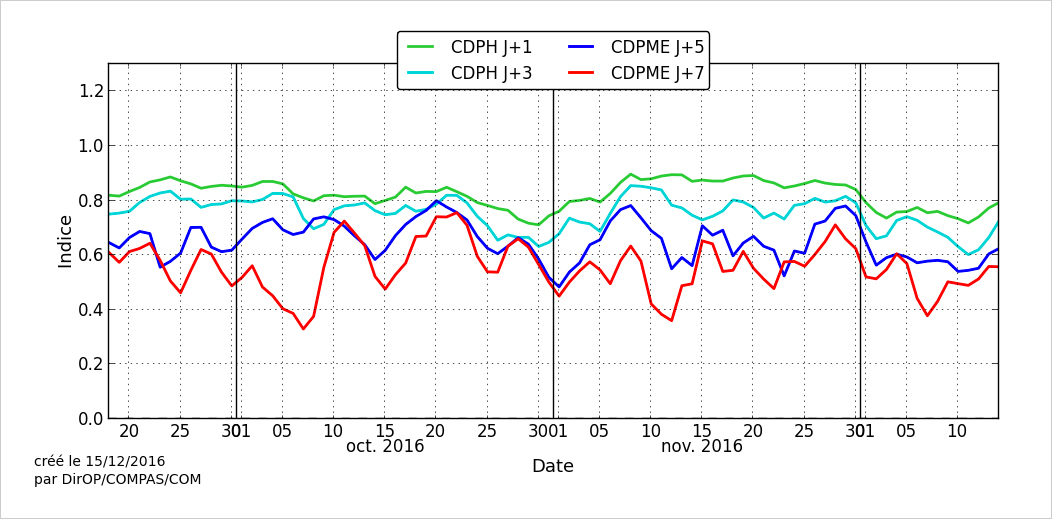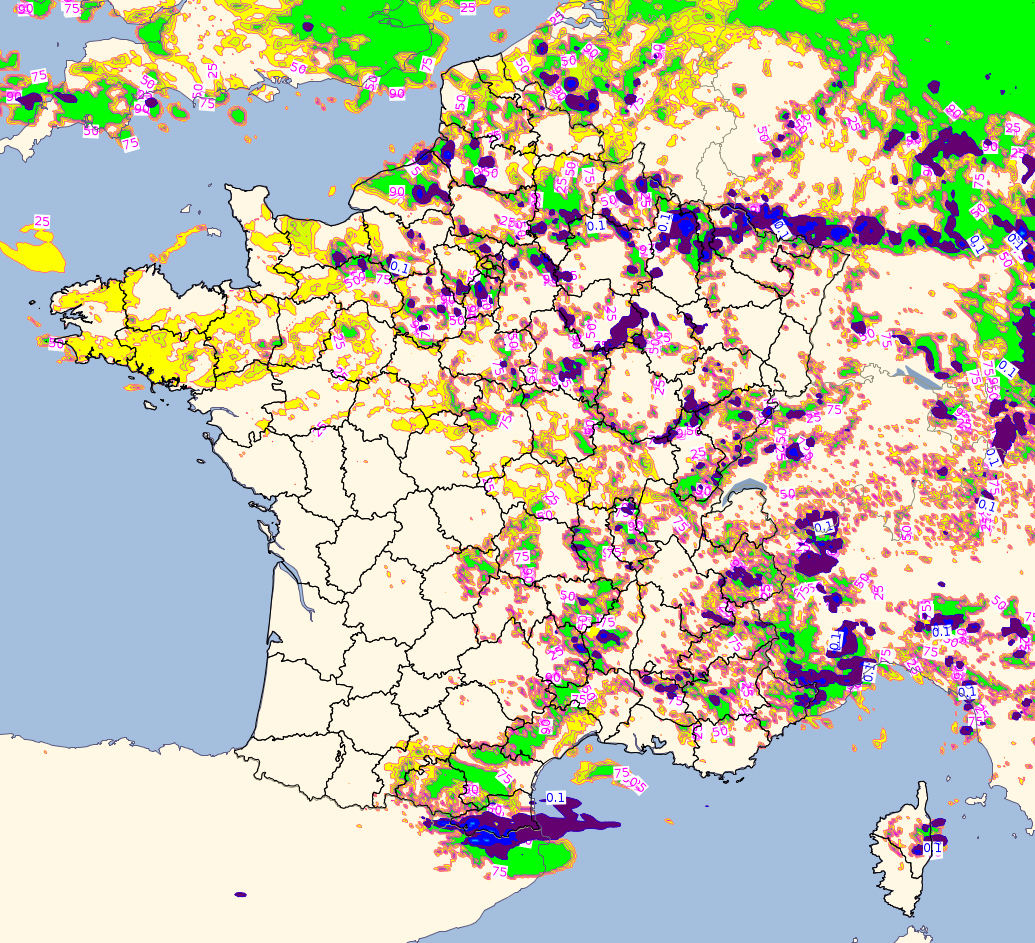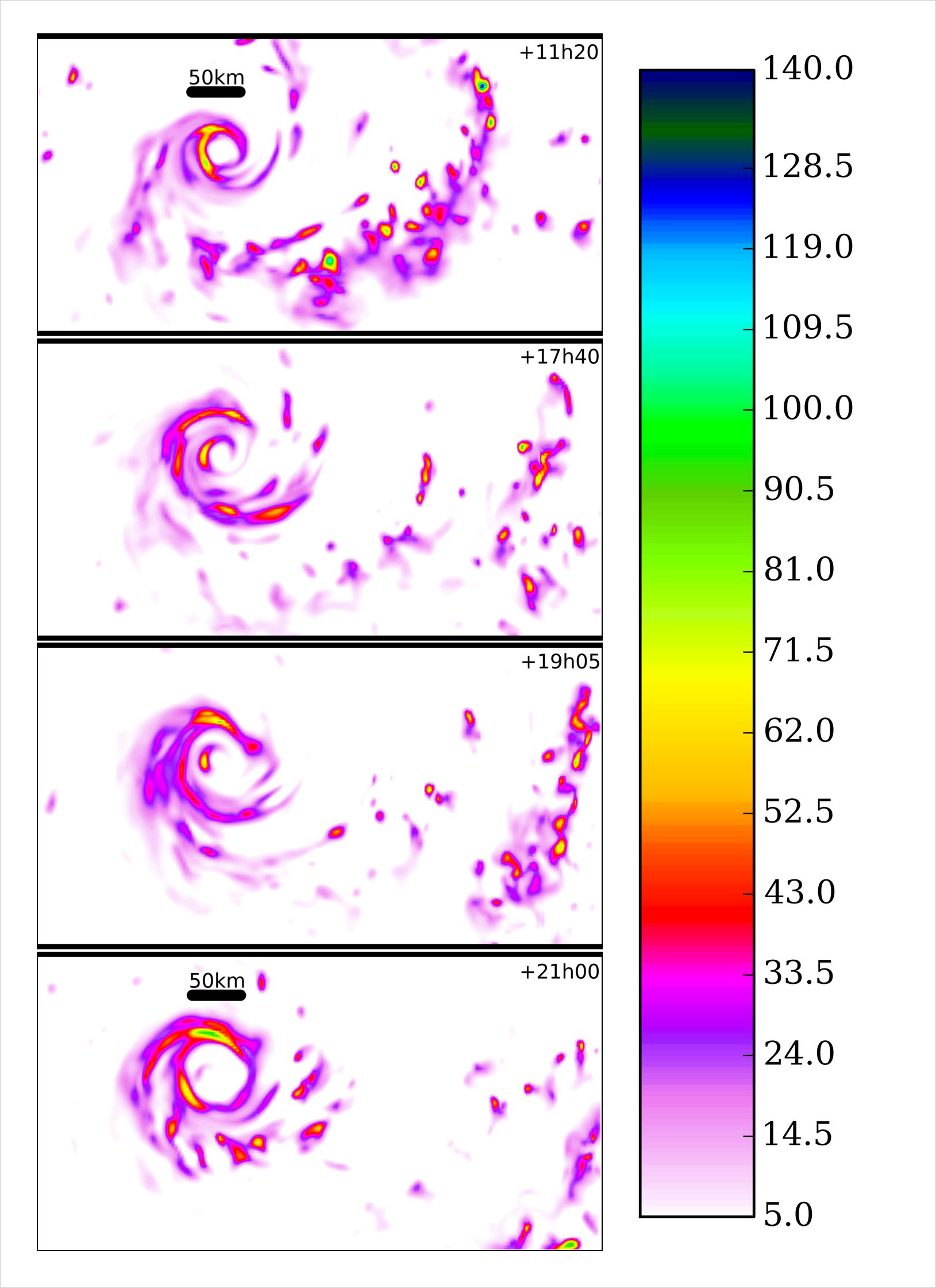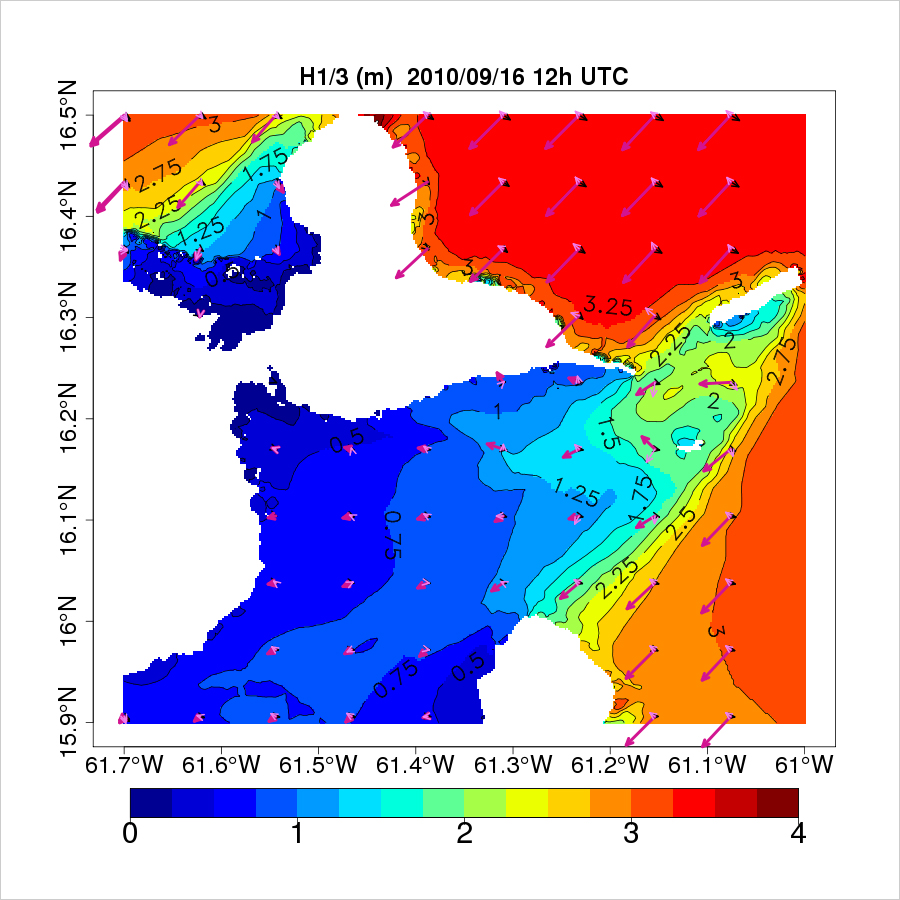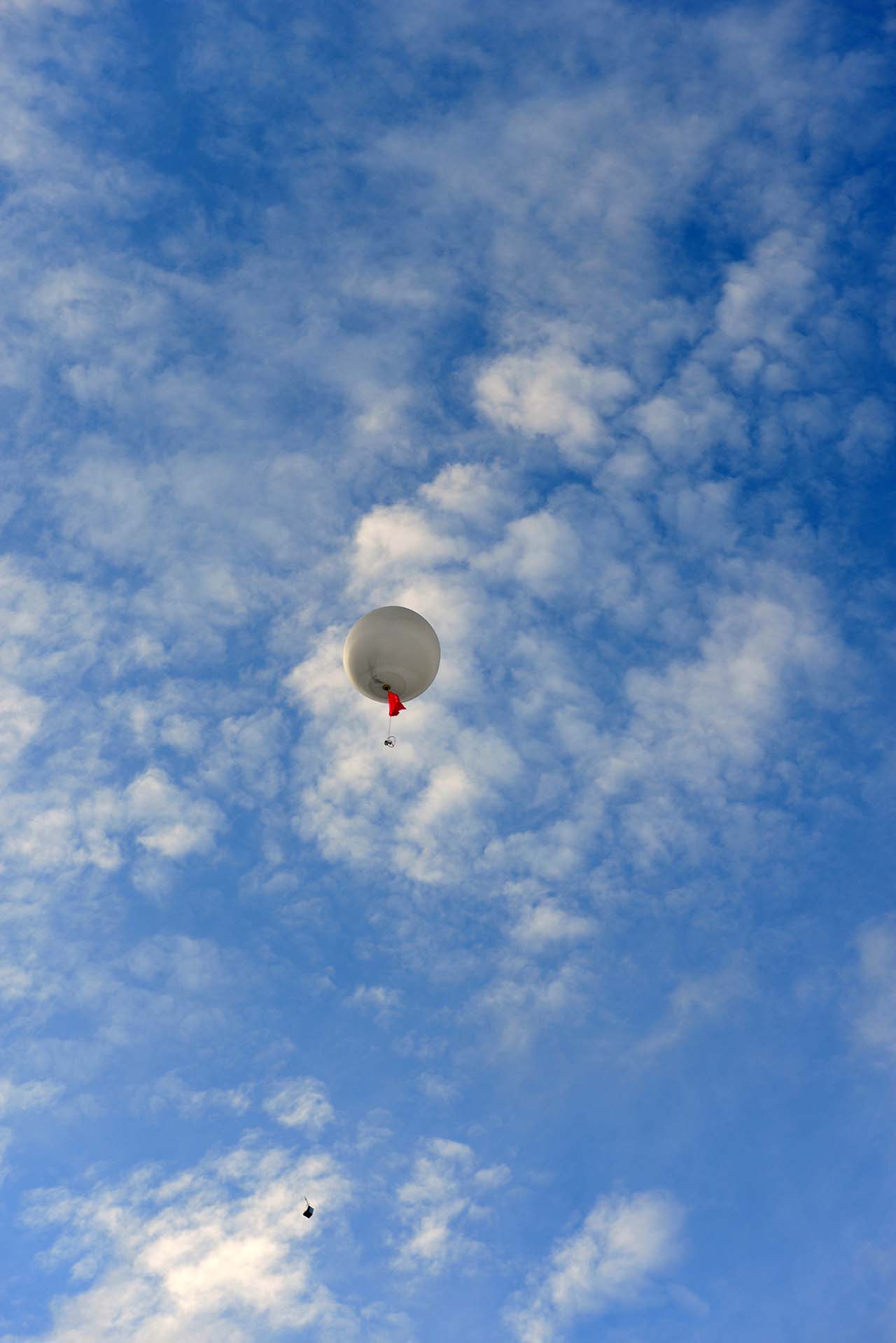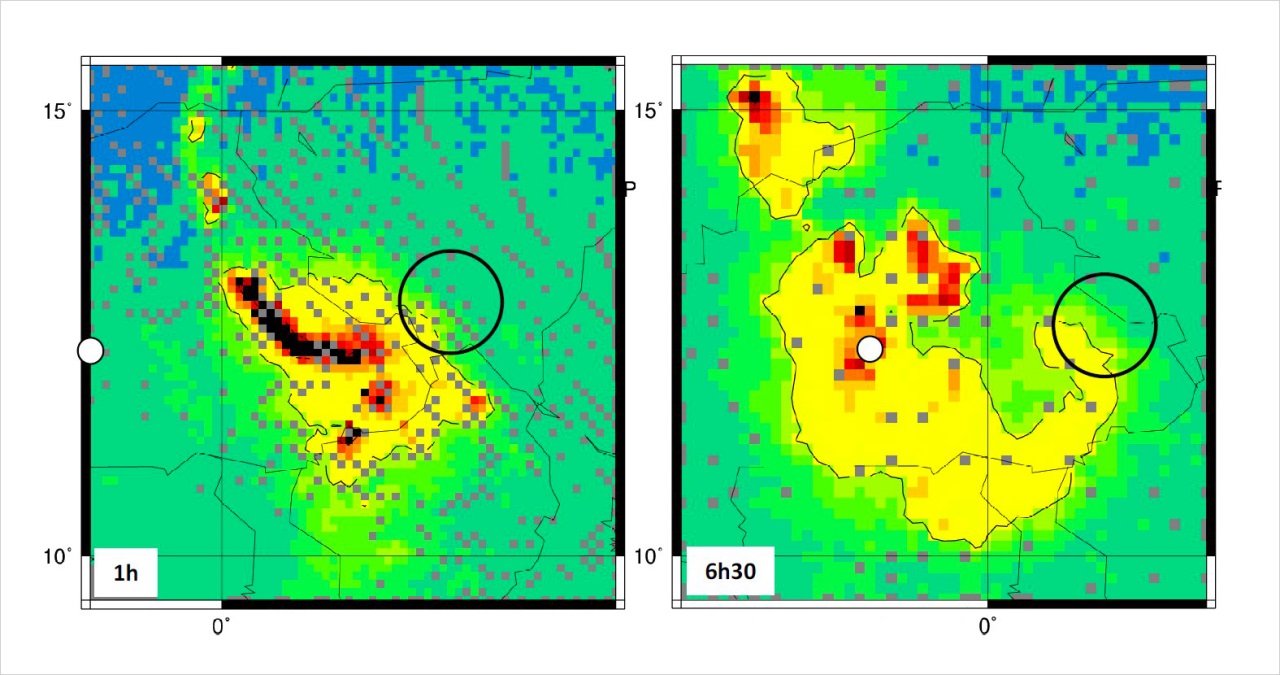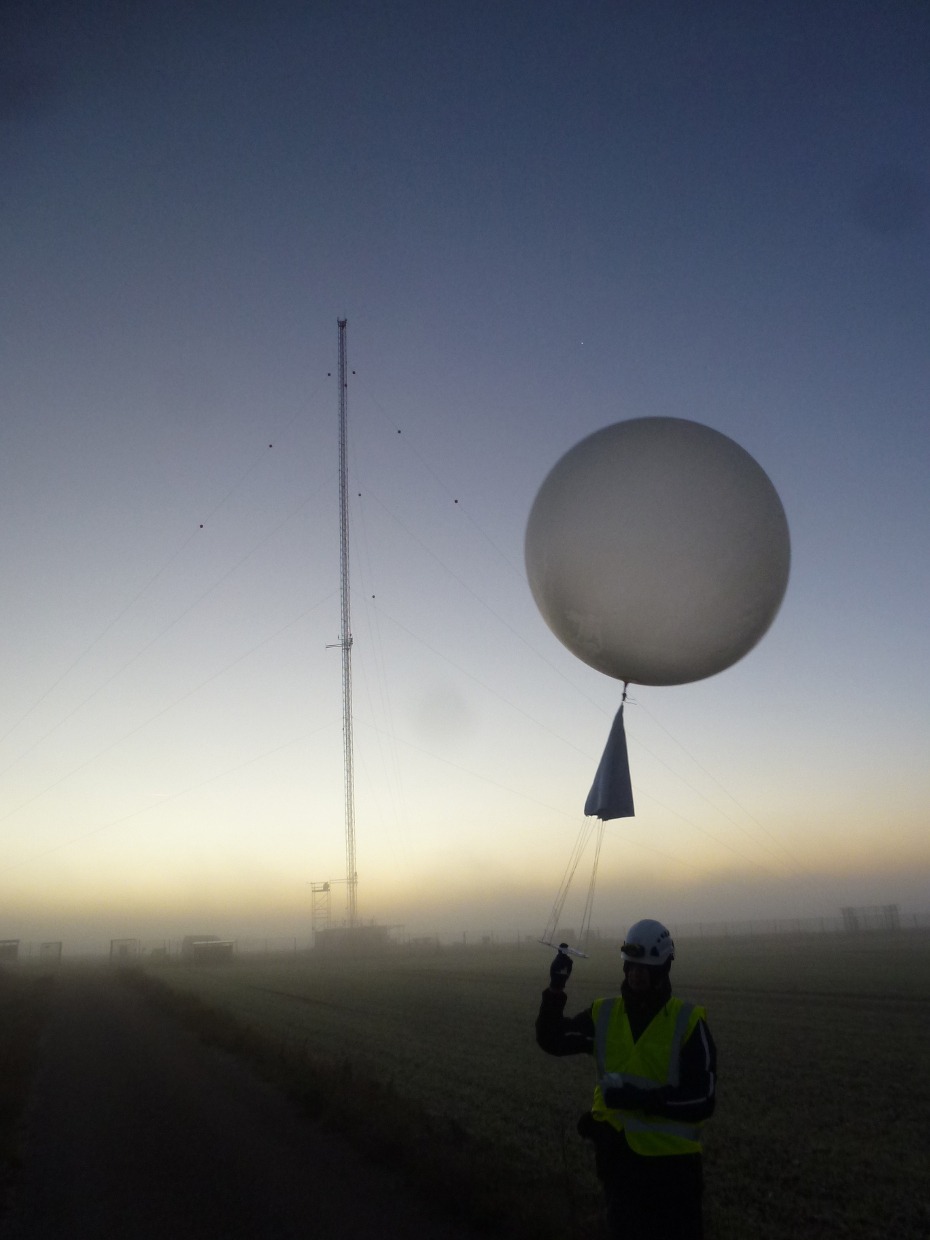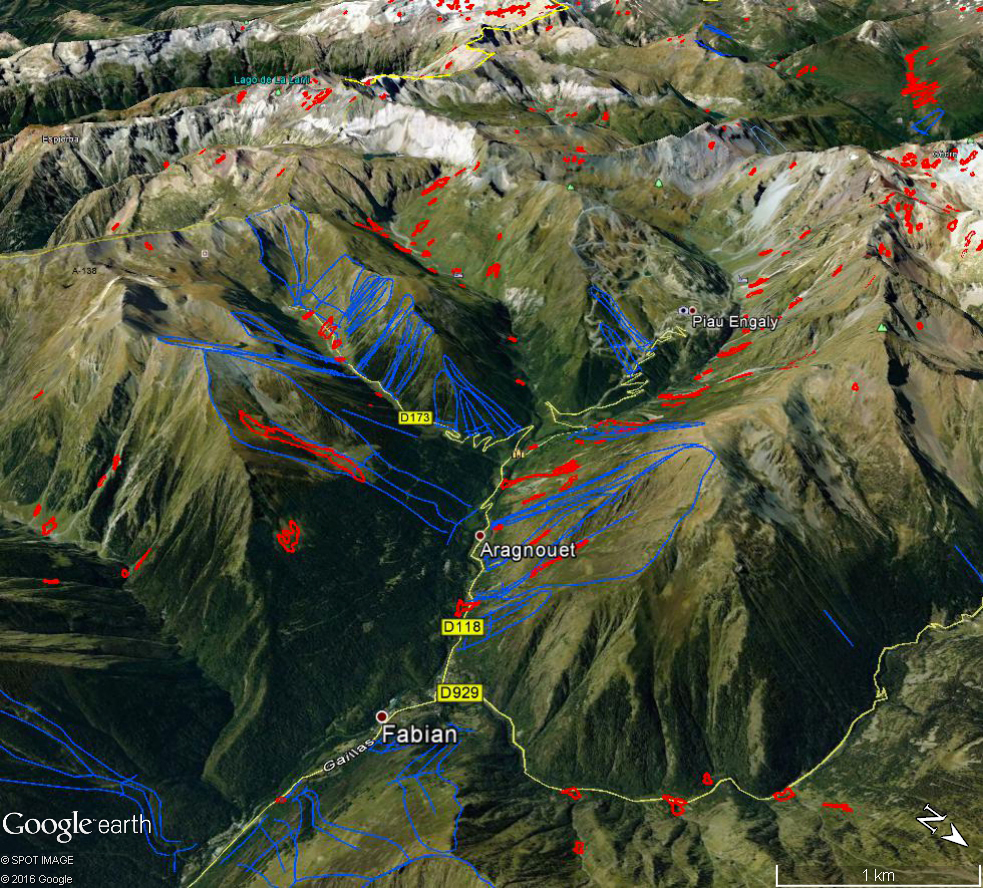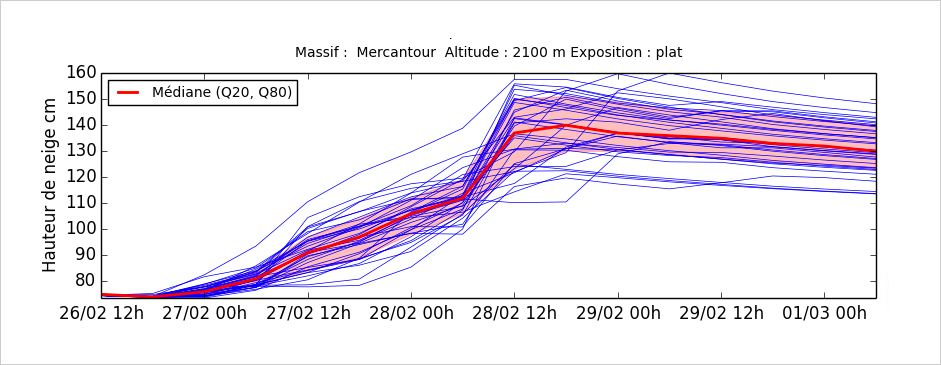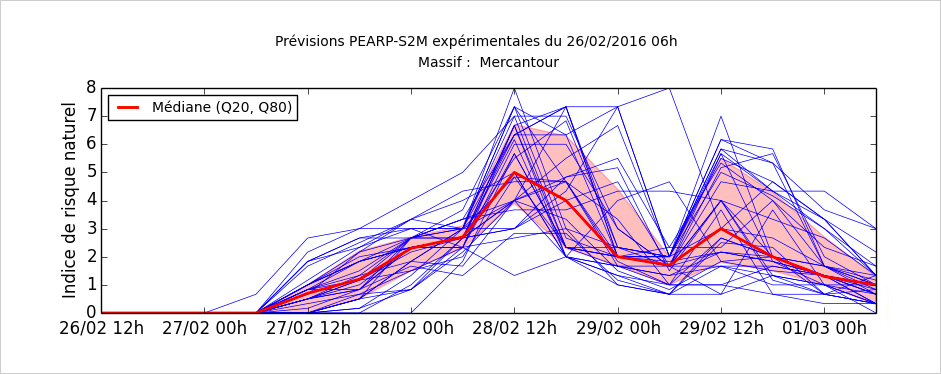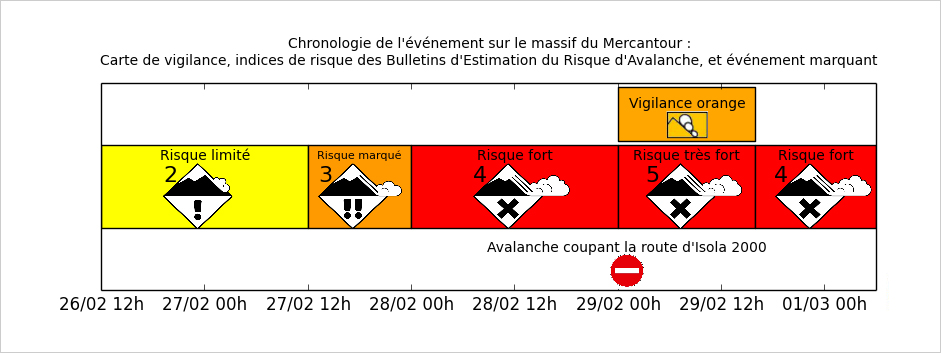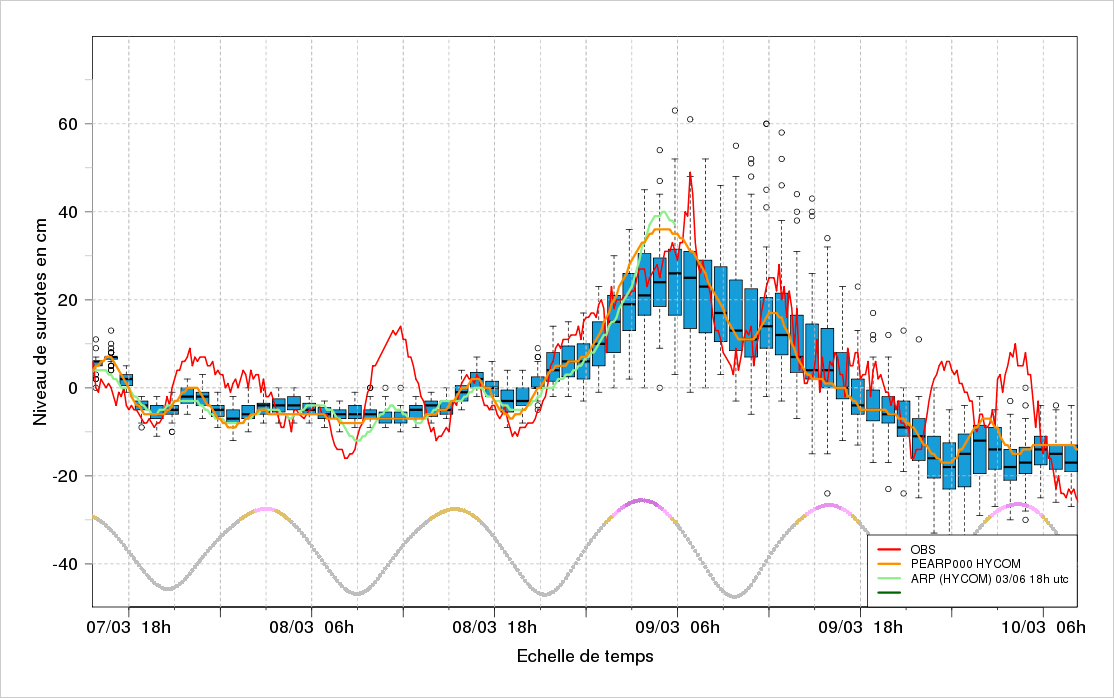If we are to improve our forecasting of hydrometeorological hazards around the Mediterranean, we need to understand the water cycle in this area. Launched in 2010 with a view to more accurately predicting extreme events in the region, the HYMEX programme, jointly coordinated by Météo-France and the CNRS, has delivered a set of findings from an analysis of observations collected during the 2012 intensive measurement campaign when more than 200 research instruments (including aircraft, vessels, balloons, radiosonde systems, gliders, buoys and floats, radars and wind profilers) had been put into use. After three years of analyses, the main findings were published in August 2016 in a special issue of the Quarterly Journal of the Royal Meteorological Society. A series of 31 articles, coordinated by Météo-France researcher Véronique Ducrocq, the CNRS and Italian, Spanish, German and Swiss research labs, presents a wide range of findings and insights regarding Mediterranean episodes, their forecasting at different temporal scales and their observation.
From the observations made during the programme in the autumn of 2012, it was also possible to monitor the development of several heavy rain spells in the Var. To gain a clearer idea of the physical processes at work, numerical simulations of these episodes were run using the research model developed by the French scientific community, Méso-NH, at a mesoscale horizontal resolution, and compared against the observations of the HYMEX field campaign. This not only showed the realism of the simulated precipitations and associated convective processes, but also explained the location of heavy rainfall by identifying the respective roles of low-level moist marine flow and possible dry air layers aloft, the terrain of the Mediterranean area and islands and, lastly, convective processes.
To delve deeper still into the workings of such processes, continuing research at the CNRM as part of the HYMEX programme and ANR MUSIC project is now simulating this region at a particularly high resolution. The first simulations at 150 m of horizontal resolution are currently being analysed. Findings from this research will serve as a benchmark for improving modelling of convective phenomena in Météo-France’s NWP systems and pave the way for future versions of these systems at sub-kilometre resolutions.
